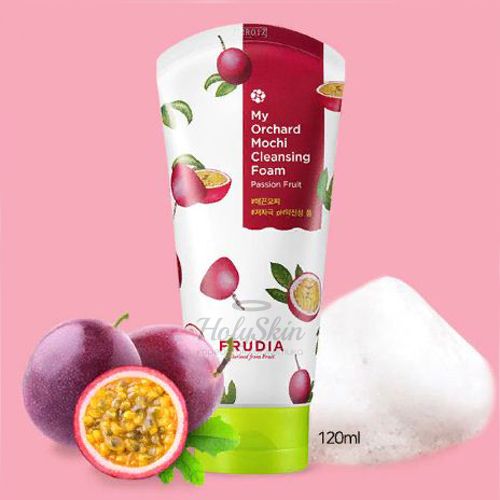Fruit cleansing. Fruit Cleanse Diet: Benefits, Risks, and Effectiveness for Weight Loss
What is the Fruit Flush Diet. How does a 3-day fruit cleanse work. Can a fruit detox help with weight loss. What are the potential risks of fruit cleansing. Is a fruit-only diet healthy long-term.
Understanding the Fruit Cleanse Diet Concept
The fruit cleanse diet, also known as the fruit flush diet, has gained popularity as a quick weight loss solution. Developed by Jay Robb, this 3-day program claims to detoxify the body and promote rapid weight loss. But how effective and safe is this approach?
The fruit cleanse diet is based on the idea of giving the digestive system a break from hard-to-digest foods by consuming primarily fruits and vegetables for a short period. Proponents claim it can lead to significant weight loss, detoxification, and even help break food addictions.
Key Claims of the Fruit Flush Diet:
- Up to 9 pounds of weight loss in 3 days
- Detoxification of bodily systems
- Breaking food addictions
- Kickstarting new diet and exercise routines
However, it’s crucial to approach these claims with skepticism. While short-term weight loss may occur, it’s primarily due to water loss and calorie restriction rather than sustainable fat loss.
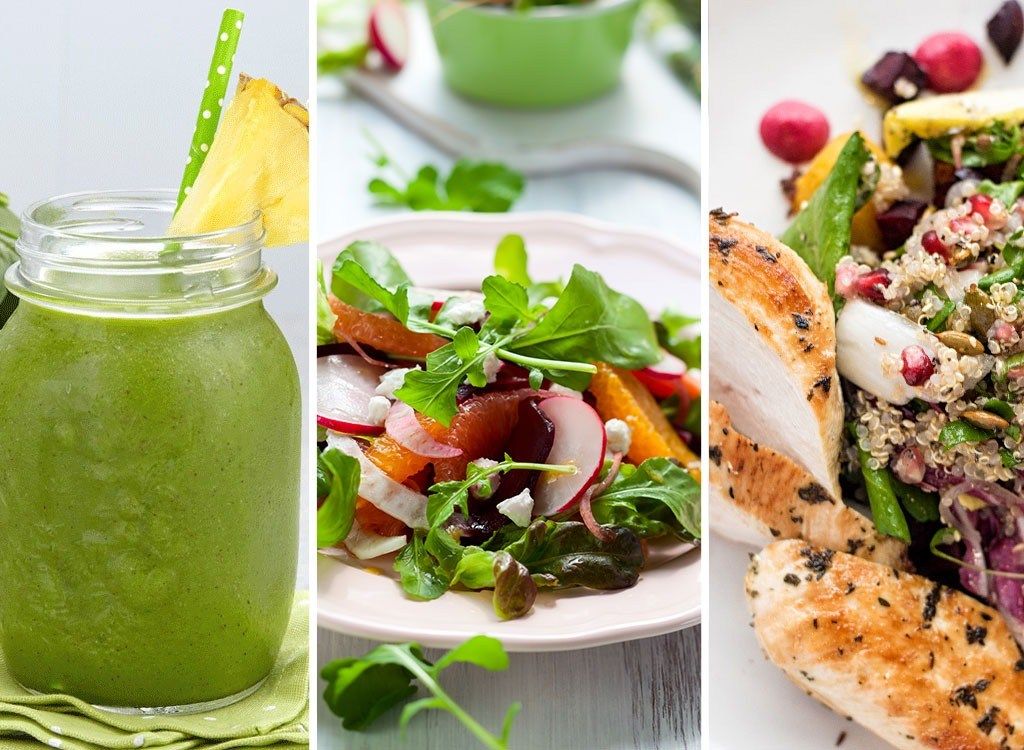
The 3-Day Fruit Cleanse Diet Plan
The fruit cleanse diet follows a strict 3-day plan. Here’s a breakdown of what each day entails:
Day 1:
- Morning to afternoon: Consume a low-calorie, low-carb protein drink every 2 hours
- Evening: Eat a leafy green salad with lean protein
- Hydration: Drink water between protein shakes
Days 2 and 3:
- Morning to afternoon: Eat fresh fruit every 2 hours
- Evening: Large salad with greens and lean protein, plus a protein shake
- Hydration: Continue drinking water between fruit servings
This restrictive plan significantly reduces calorie intake, which explains the rapid weight loss some people experience. However, it’s important to note that this weight loss is not sustainable and primarily consists of water weight.
Evaluating the Effectiveness of Fruit Cleansing for Weight Loss
Can a fruit cleanse actually lead to significant weight loss? While some individuals report losing weight quickly on this diet, it’s essential to understand the nature of this weight loss.

The rapid weight loss experienced during a fruit cleanse is primarily due to:
- Severe calorie restriction
- Loss of water weight
- Depletion of glycogen stores
While you may see a lower number on the scale after a 3-day fruit cleanse, this weight loss is not sustainable. Once you return to a normal diet, most of the lost weight is likely to return quickly.
Sustainable weight loss requires a long-term approach that includes a balanced diet and regular physical activity. The Centers for Disease Control and Prevention recommend aiming for 1-2 pounds of weight loss per week for lasting results.
Potential Risks and Side Effects of Fruit Cleansing
While a short-term fruit cleanse may seem harmless, there are several potential risks and side effects to consider:
- Nutritional deficiencies: A fruit-only diet lacks essential nutrients like protein, healthy fats, and certain vitamins and minerals.
- Low energy levels: The severe calorie restriction can lead to fatigue, dizziness, and difficulty concentrating.
- Blood sugar fluctuations: Consuming large amounts of fruit can cause rapid spikes and drops in blood sugar levels.
- Digestive issues: A sudden increase in fiber intake may lead to bloating, gas, and diarrhea.
- Muscle loss: Without adequate protein intake, the body may start breaking down muscle tissue for energy.
For individuals with certain health conditions, such as diabetes or kidney problems, a fruit cleanse could be particularly dangerous. It’s always advisable to consult with a healthcare professional before starting any new diet regimen.
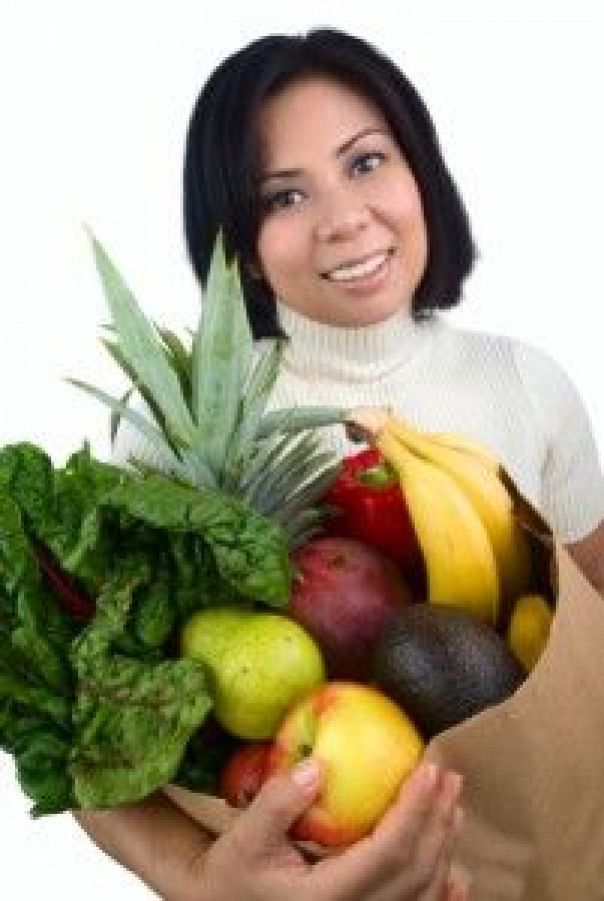
The Science Behind Detoxification: Do We Need Fruit Cleanses?
One of the main selling points of fruit cleanses is their supposed detoxification benefits. But do our bodies really need help detoxifying?
The human body has a sophisticated detoxification system that includes the liver, kidneys, digestive system, skin, and lungs. These organs work continuously to remove toxins and waste products from our bodies.
There’s little scientific evidence to support the idea that fruit cleanses or any other detox diets enhance this natural detoxification process. In fact, a balanced diet rich in whole foods, including fruits and vegetables, supports optimal function of our body’s natural detoxification systems.
Supporting Natural Detoxification:
- Stay hydrated
- Eat a variety of fruits and vegetables
- Include fiber-rich foods in your diet
- Limit processed foods and excessive alcohol consumption
- Get regular exercise
- Ensure adequate sleep
These lifestyle habits can support your body’s natural detoxification processes more effectively and sustainably than a short-term fruit cleanse.
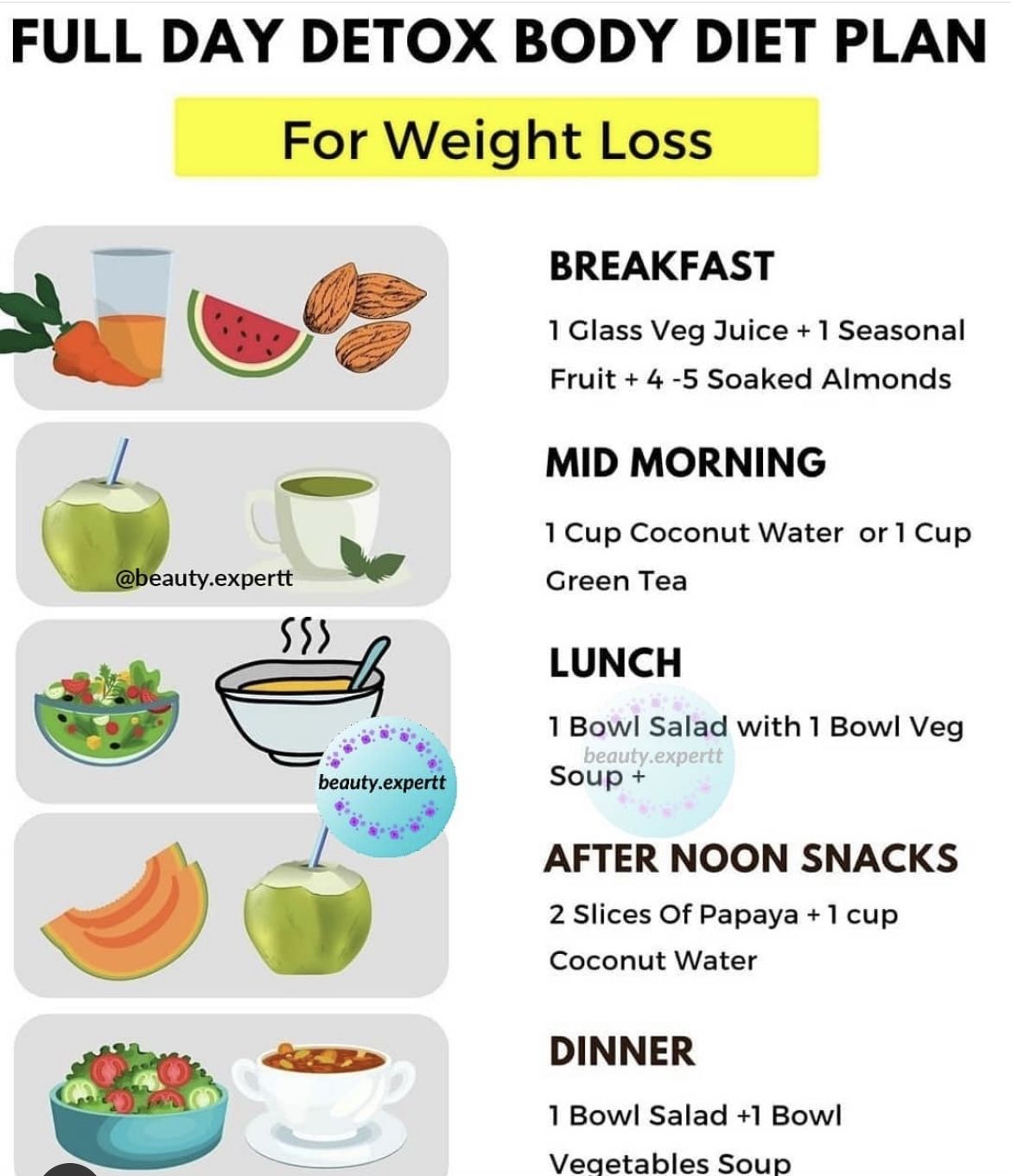
Nutritional Considerations: Balancing Fruit Intake in a Healthy Diet
While fruits are undoubtedly nutritious and should be part of a balanced diet, consuming only fruits for an extended period can lead to nutritional imbalances. Let’s explore the role of fruits in a healthy diet and how to incorporate them effectively.
Benefits of Fruits:
- Rich in vitamins and minerals
- High in fiber
- Contain beneficial antioxidants
- Low in calories
However, fruits alone cannot provide all the nutrients your body needs. A balanced diet should also include:
- Lean proteins
- Whole grains
- Healthy fats
- A variety of vegetables
The U.S. Dietary Guidelines recommend that adults consume 1.5 to 2 cups of fruit per day as part of a balanced diet. This amount provides the benefits of fruit without overloading on natural sugars or missing out on other essential nutrients.
Sustainable Alternatives to Fruit Cleansing for Health and Weight Management
If you’re looking to improve your health or manage your weight, there are more sustainable alternatives to fruit cleansing that can provide long-lasting results:

1. Balanced, Whole Food Diet
Focus on eating a variety of whole foods, including fruits, vegetables, lean proteins, whole grains, and healthy fats. This approach provides your body with a wide range of nutrients and supports overall health.
2. Mindful Eating
Pay attention to your hunger cues and eat slowly. This can help prevent overeating and improve your relationship with food.
3. Regular Physical Activity
Incorporate both cardio and strength training exercises into your routine. The CDC recommends at least 150 minutes of moderate-intensity aerobic activity per week for adults.
4. Adequate Hydration
Drink plenty of water throughout the day. Sometimes thirst can be mistaken for hunger.
5. Stress Management
Practice stress-reduction techniques like meditation, yoga, or deep breathing exercises. Stress can often lead to unhealthy eating habits.
6. Quality Sleep
Aim for 7-9 hours of sleep per night. Poor sleep can disrupt hormones that regulate hunger and fullness.
These strategies, when implemented consistently, can lead to sustainable weight management and improved overall health without the risks associated with extreme diets like fruit cleanses.
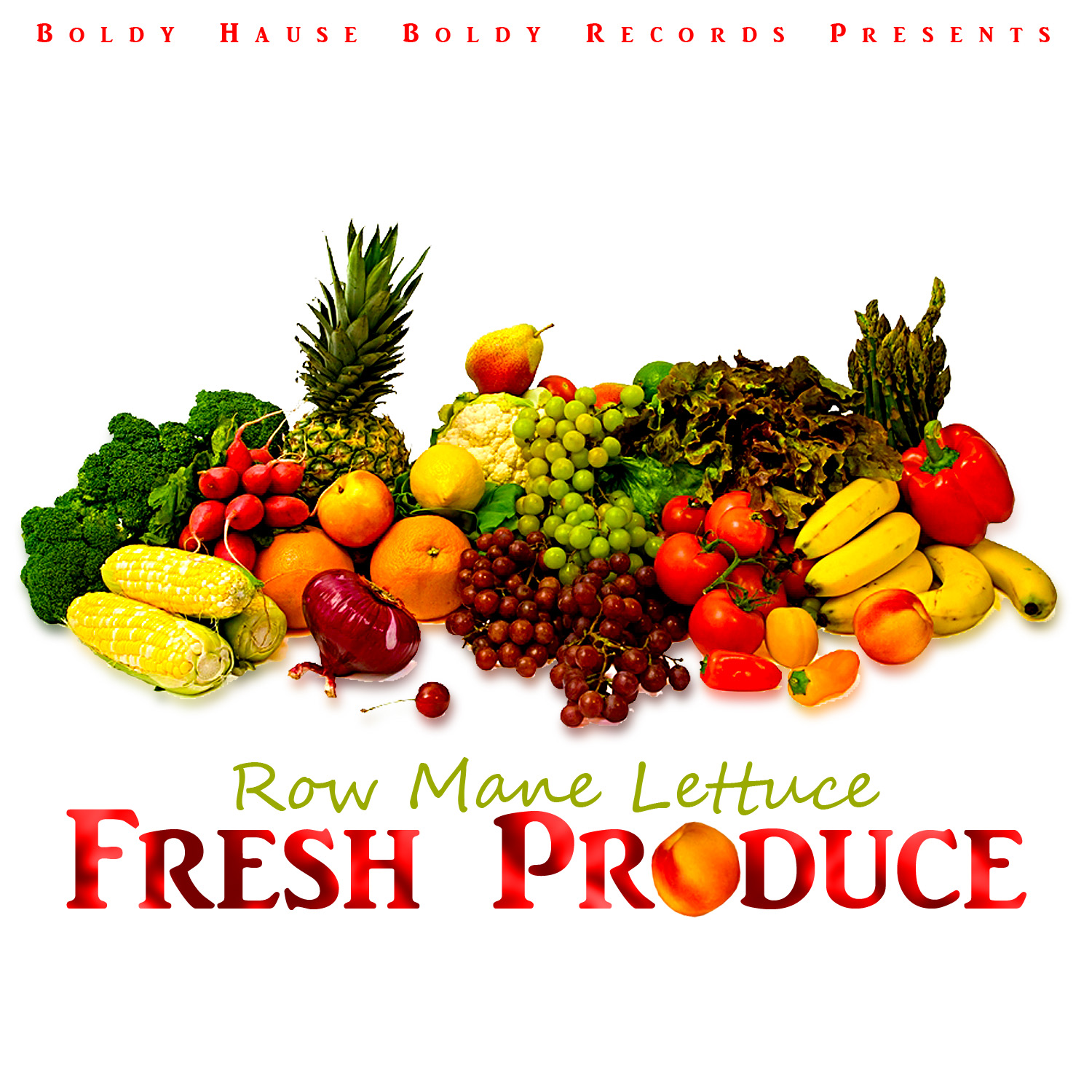
The Role of Fruits in a Balanced Nutrition Plan
While fruit cleanses may not be the answer to long-term health and weight management, fruits play a crucial role in a balanced nutrition plan. Understanding how to incorporate fruits effectively can enhance your overall diet quality.
Nutritional Benefits of Fruits:
- Vitamins: Many fruits are rich in vitamins C, A, and various B vitamins.
- Minerals: Fruits provide essential minerals like potassium, magnesium, and folate.
- Fiber: The fiber in fruits supports digestive health and helps maintain stable blood sugar levels.
- Antioxidants: Many fruits are packed with antioxidants that protect cells from damage.
- Hydration: Fruits with high water content contribute to overall hydration.
To maximize the benefits of fruits in your diet:
- Aim for variety: Different fruits offer different nutrient profiles, so include a range of colors and types in your diet.
- Choose whole fruits over juices: Whole fruits provide more fiber and fewer calories than fruit juices.
- Consider timing: Eating fruit as part of a balanced meal or snack can help mitigate blood sugar spikes.
- Watch portion sizes: While nutritious, fruits still contain calories and natural sugars, so be mindful of portion sizes.
Remember, fruits are just one component of a healthy diet. Balancing fruit intake with other food groups ensures you’re getting a full spectrum of nutrients to support overall health and wellbeing.
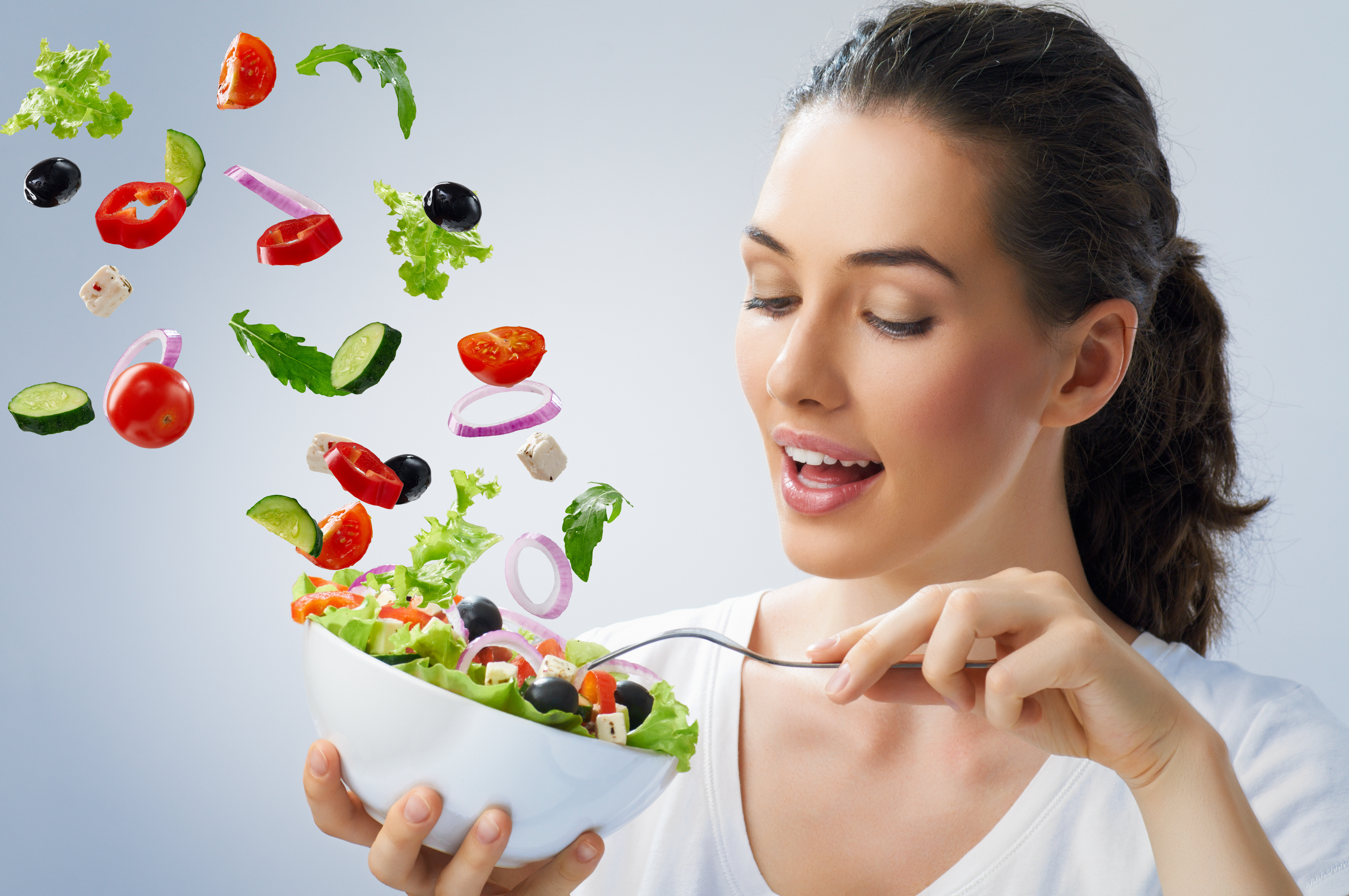
Addressing Common Misconceptions About Fruit Cleansing
As with many popular diet trends, fruit cleansing is surrounded by several misconceptions. Let’s address some of these to provide a clearer understanding of what fruit cleanses can and cannot do:
Misconception 1: Fruit cleanses detoxify the body
Reality: The body has its own efficient detoxification systems, primarily the liver and kidneys. There’s no scientific evidence that fruit cleanses enhance this natural process.
Misconception 2: Fruit cleanses lead to long-term weight loss
Reality: While you may see quick weight loss, it’s primarily water weight and easily regained once you return to normal eating habits.
Misconception 3: Fruit sugar is healthier than other sugars
Reality: While fruit contains beneficial nutrients, the sugar in fruit (fructose) is still processed by your body similarly to other sugars. Consuming excessive amounts can still impact blood sugar levels.
Misconception 4: You can live on fruit alone
Reality: A fruit-only diet lacks essential nutrients like protein, healthy fats, and certain vitamins and minerals necessary for optimal health.
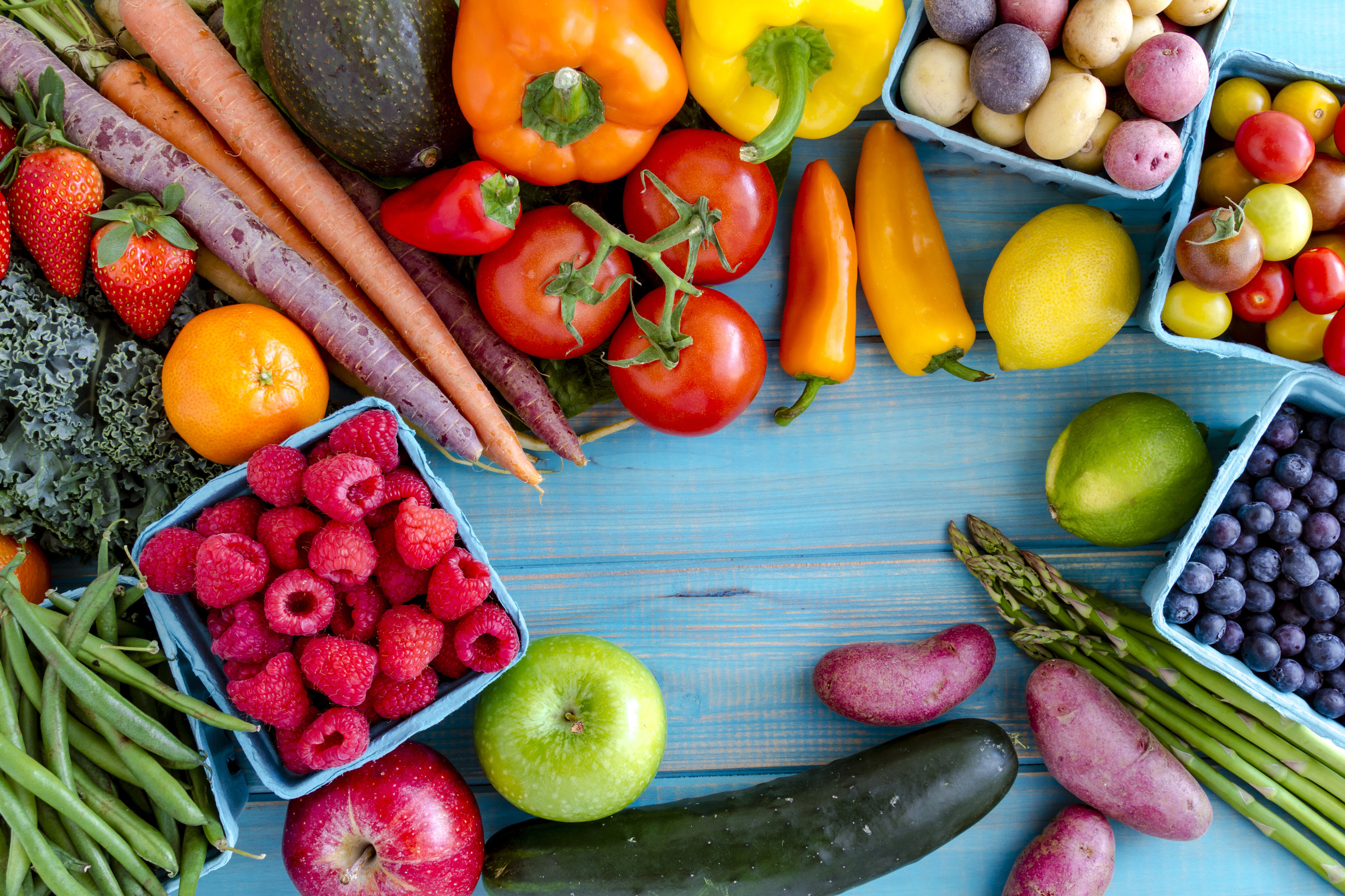
Misconception 5: Fruit cleanses boost energy levels
Reality: The severe calorie restriction in most fruit cleanses often leads to fatigue and low energy levels.
Understanding these misconceptions can help you make more informed decisions about your diet and health strategies. While fruits are undoubtedly nutritious, they should be part of a balanced diet rather than the sole focus of a restrictive cleanse.
Expert Opinions on Fruit Cleansing and Detox Diets
Nutritionists, dietitians, and medical professionals have varying opinions on fruit cleanses and detox diets. Here’s a summary of expert views:
Registered Dietitians’ Perspective
Most registered dietitians advise against fruit cleanses and other extreme detox diets. They emphasize that:
- The body doesn’t need external help to detoxify
- Extreme diets can lead to nutritional imbalances
- Sustainable, long-term dietary changes are more effective for health and weight management
Medical Professionals’ Stance
Many doctors and medical researchers point out that:
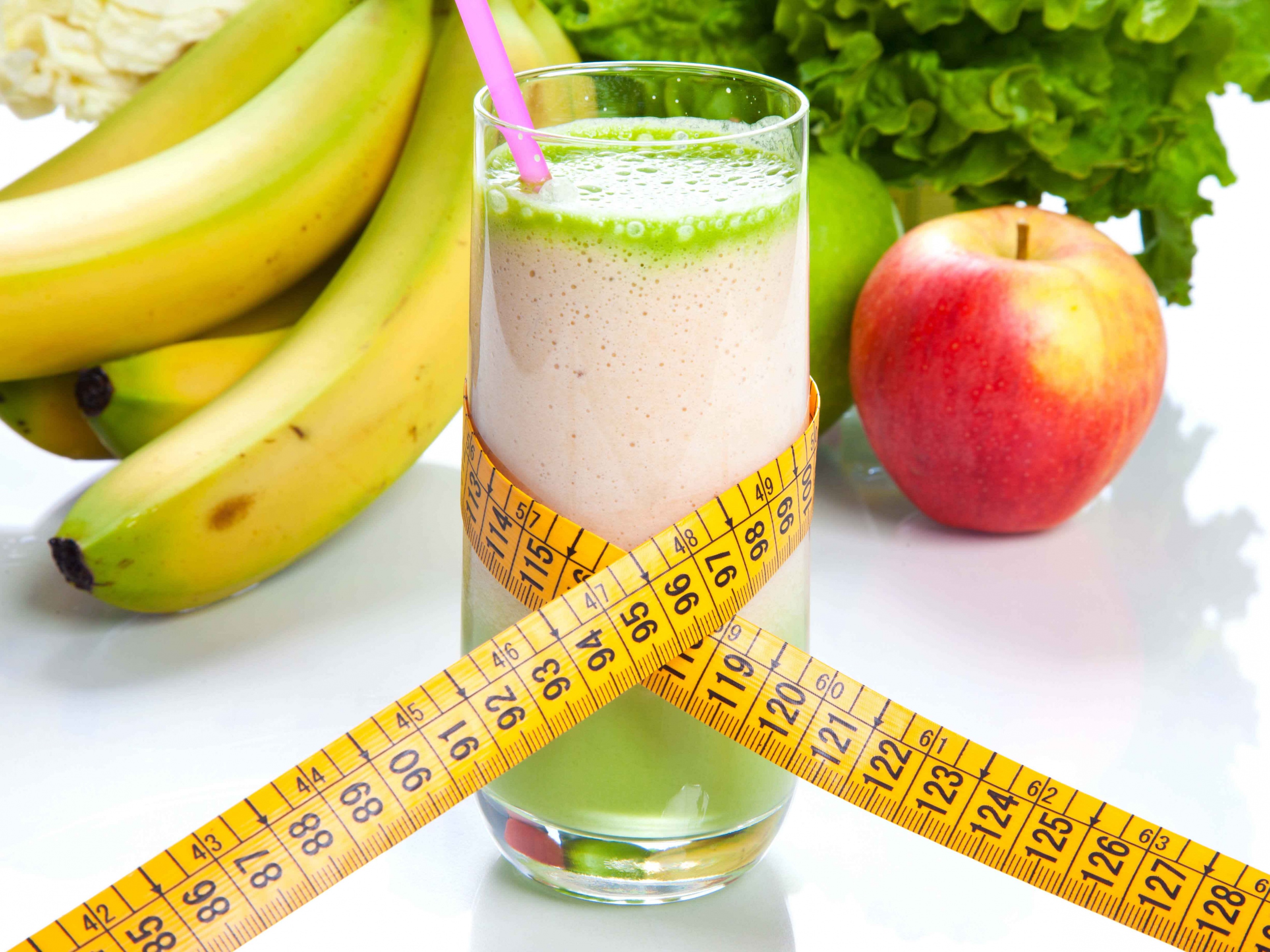
- There’s no scientific evidence supporting the effectiveness of detox diets
- Rapid weight loss from such diets is often temporary and potentially harmful
- Some individuals, especially those with certain health conditions, could be at risk when following extreme diets
Holistic Health Practitioners’ View
Some holistic health practitioners may support short-term cleanses, arguing that they can:
- Give the digestive system a break
- Help reset eating habits
- Increase awareness of food choices
However, even among these practitioners, there’s often an emphasis on balanced, whole-food approaches rather than extreme measures.
Consensus Among Experts
While opinions vary, there’s a general consensus among health professionals that:
- A balanced diet rich in fruits, vegetables, whole grains, and lean proteins is the best approach for long-term health
- Regular physical activity is crucial for overall wellbeing
- Extreme diets or cleanses should be approached with caution and preferably under professional guidance
When considering any significant dietary changes, it’s always advisable to consult with a healthcare professional or registered dietitian who can provide personalized advice based on your individual health needs and goals.
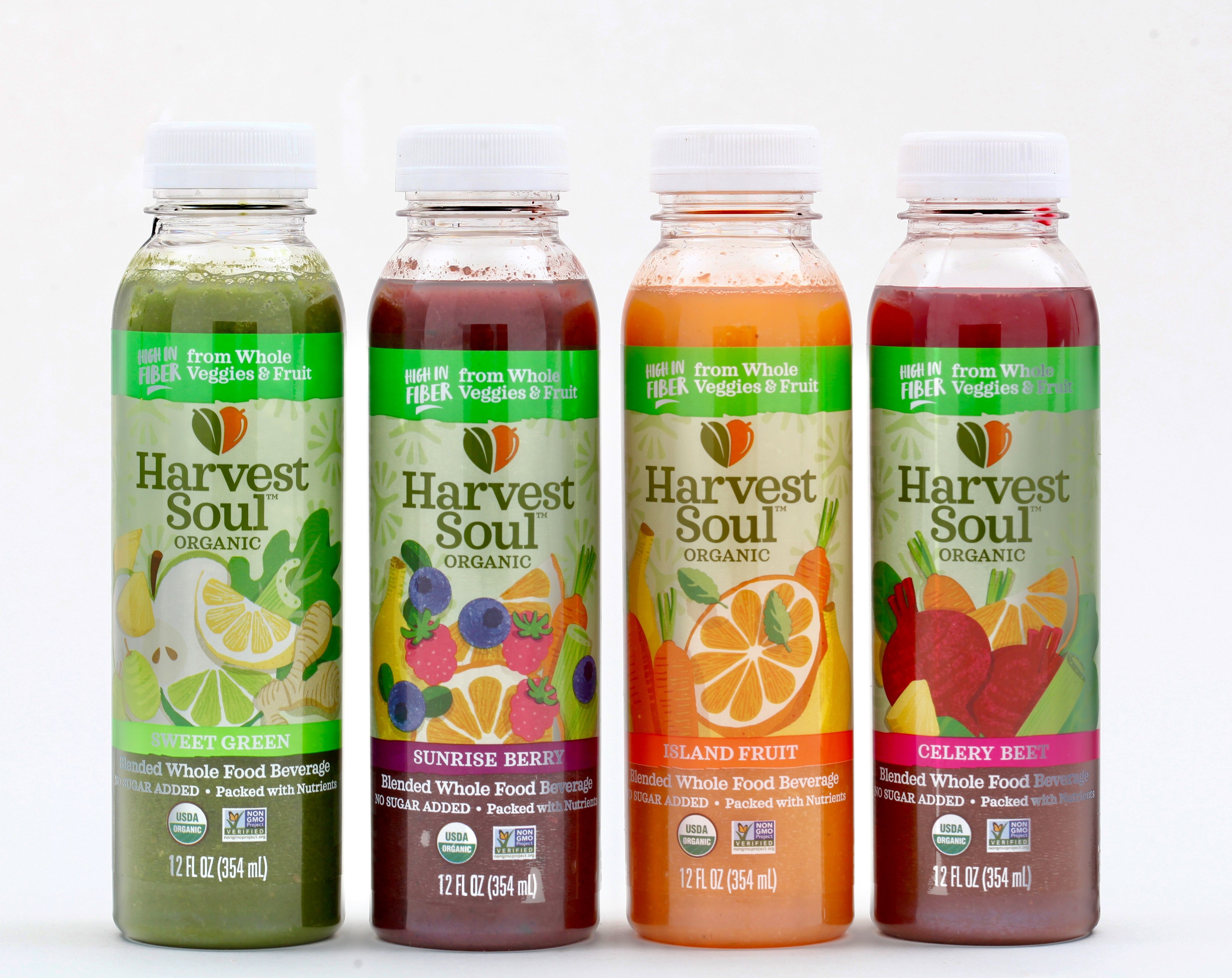
Fruit Cleanse and Weight Loss: Separating Myth from Reality
The article is verified by Sarah Jackson Damuth
MS, Registered Dietitian Nutritionist, Certified LEAP Therapist
Table of Contents
- What Is the Fruit Cleanse or the Fruit Flush Diet?
- 3-Day Fruit Diet: Meal Plan
- So, Can the 3-Day Fruit Diet Promote Weight Loss?
- Fruit Cleanse Risks
- Do You Need to Follow a Fruit Detoxification Diet?
- Wrapping Up
Many proclaim the miraculous weight-loss effects of doing a fruit cleanse, which is also known as the fruit flush diet. However, is this three-day fruit diet for weight loss too good to be true?
In this article, we discuss the different variations of the fruit detox diet, including the fruit and veggie fast and the fruit and water fast. Read on to learn more!
What Is the Fruit Cleanse or the Fruit Flush Diet?
The 3-day fruit cleanse diet, known commonly as the fruit flush diet, was created by Jay Robb, who is the self-proclaimed “Guru of Peace. ” [1]
” [1]
This very low-calorie diet claims to detox or cleanse your system by giving the digestive tract a break from nutrients that are harder to digest, like processed foods. This diet has likely gained popularity due to promotion from influencers and social media personalities that proclaim its miraculous ability to help you lose weight very quickly.
There are many variations of these fruit and vegetable “detox” diets, flushes, cleanses, etc., that vary in length, principle, and more. This article will continue to focus on Jay Robb’s 3-day fruit flush diet.
Here are some claims of the fruit flush diet:
- Nine-pound weight loss in three days
- A “detox” or cleansing of the body and bodily systems
- Helps break “food addiction”
- Can help kickstart a new exercise program or diet
- And more
Keep in mind that there is limited evidence to support a fruit- and vegetable-only diet for weight loss. In fact, only one very short-term research of a 3-day vegetable/fruit juice-based diet (similar to the 3-day fruit flush) is available now. [2]
[2]
While this fruit and vegetable fast may help with constipation, it is best to increase your fiber consumption for more than just three days.
It is also recommended to gradually increase your fiber consumption day by day to avoid uncomfortable gastrointestinal symptoms, such as diarrhea, flatulence, or abdominal pain, that may accompany a quick increase in your dietary fiber intake. Slowly increase your fiber intake until you reach the recommended daily allowance, which ranges from 21-28 grams for women and 31-38 grams for men. [3]
You may also like: Apple Juice for Constipation
3-Day Fruit Diet: Meal Plan
Let’s discuss the meal plan and dietary requirements for each day of the 3-day fruit diet.
Day 1
- In the morning, make a 32-ounce protein drink that is both low in calories and low in carbohydrates.
- Drink six ounces of the protein drink every two hours, beginning at 8:00 am and ending at 4:00 pm.
- One hour after each serving of protein shake, drink about 12 ounces of water.

- At 6:00 pm, eat a leafy green salad with three to six ounces of lean poultry or fish; use lemon juice or olive oil as a salad dressing.
Day 2 and 3
- Beginning at 8:00 am and ending at 4:00 pm, consume a serving of fresh fruit every two hours.
- At 6:00 pm, eat a large salad consisting of greens and lean protein.
- Drink a 12-ounce protein shake with the salad.
- Also drink 12 ounces of water one hour after each serving of fruit and salad.
Approximately how many calories are consumed during each day of the diet is still being determined, but it is likely inadequate.
While there is no concrete evidence that the fruit diet promotes significant weight loss, it makes sense that many claim drastic weight loss due to the potential loss of water weight that comes with such a calorie deficit coupled with low carbohydrate intake.
Therefore, we can conclude that the 3-day fruit diet does not promote healthy weight loss because it happens so quickly.
The Centers for Disease Control and Prevention recommend sticking to about one to two pounds of weight loss per week, so losing nine pounds in three days is dangerous and likely a result of fluid loss. [3]
So, can you lose weight following the 3-day fruit flush diet? – Yes.
Is this weight loss sustainable and long-term? No, considering the weight loss is primarily water, and the likelihood of gaining it back when you stop your fruit fast is high.
Fruit Cleanse Risks
Like other very low-calorie diets, such as the 600-calorie diet, the fruit flush diet is far from healthy. The main reason behind that is that you will likely feel low on energy, lethargic, and more because you are simply not consuming enough calories and, therefore, carbohydrates, the body’s primary energy source.
The risks are exacerbated if you continue this dangerously low-calorie diet for more than three days.
You could experience nutritional imbalances, vitamin or mineral deficiencies, malnutrition, etc. In addition to that, following a timed diet and dietary pattern could lead to overeating, an unhealthy relationship with food, and potentially disordered eating due to the restrictive nature of these diets.
In addition to that, following a timed diet and dietary pattern could lead to overeating, an unhealthy relationship with food, and potentially disordered eating due to the restrictive nature of these diets.
Research has also shown the potential dangers of similar types of diets, such as the green smoothie cleanse causing oxalate nephropathy in the American Journal of Kidney Disease [4], or a case study on a grapefruit juice cleanse mimicking drug overdose of quetiapine in the Journal of Clinical Psychopharmacology [5].
Do You Need to Follow a Fruit Detoxification Diet?
There is no need to follow a fruit detoxification diet, including a fruit and water fast, a fruit and veggie fast, or a very low-calorie fruit diet.
Similarly, you do not need to follow a detoxification diet of any kind because our bodies naturally detoxify themselves. In fact, that is the primary function of the liver and kidneys.
Although emphasizing nutrient-dense fruits and veggies in the diet can support the natural detoxification processes of those organs, eliminating toxins from the body doesn’t require adhering to such a rigid and restrictive diet.
Generally, it is best to steer clear of “detox” diets and instead focus on changing your eating habits as well as adhering to a healthy and balanced diet that includes all food groups. To make the process more seamless and less stressful, try this 3-day cleanse to lose weight, as it helps set you up for a healthier diet and transition to a healthier lifestyle in long term.
Detox diets can be harmful and lead to unhealthy effects on your body, such as slowed metabolism and even disordered eating habits.
Wrapping Up
Let’s summarize some key takeaways from this article.
- The “Fruit Flush Diet” was created by Jay Robb and claims to help you lose nine pounds in three days. This diet also claims to break “food addiction,” jumpstart your weight loss journey, and detox your body from toxins.
- Day one of the detox diet involves drinking a protein shake every two hours along with water.
- On days two and three of the fruit fast, you consume a serving of fruit every two hours with water.
 All three days end with a large salad composed of leafy greens and lean protein.
All three days end with a large salad composed of leafy greens and lean protein. - Such a low-calorie diet has risks, especially when it is continued longer than three days. Those risks include malnutrition, nutritional deficiencies, fatigue, and more.
- No evidence supports this diet for sustained and healthy weight loss. It is best to incorporate gradual and fulfilling changes to a healthy and balanced diet to support long-term health outcomes.
- The human body naturally detoxes itself, and therefore a detox diet is unnecessary.
If you are struggling to lose weight, speaking with a registered dietitian can provide helpful nutrition guidance. An all-in-one weight-loss app can help you meet your health and wellness goals.
30 Day Fruit Cleanse – THE TASTING SPOON
2/20/2019 3 Comments
I know y’all know I am pretty persistent with the Paleo lifestyle but I love trying different things to report back on how things worked for me! This connects me with my followers as well as opens so many doors with other groups of people and networks! It’s like opening a new book full of knowledge and new challenges.
The thoughts behind this cleanse is to only eat natural sugar. Tips:
3 Comments | Looking for a recipe? Click below! All Recipes by the Month June 2019
My two biggest fans! |
How to properly wash fruits and vegetables?
The fruits that we eat with the peel want to be properly disinfected, but everyone does it in their own way. Indeed, not only dust, dirt, microbes from hands can appear on the peel, but also traces of fertilizers that the plant was sprayed with. Consumer Reports experts emphasize that chemicals and microbes stick especially strongly to the wax layer, for example, apples.
Indeed, not only dust, dirt, microbes from hands can appear on the peel, but also traces of fertilizers that the plant was sprayed with. Consumer Reports experts emphasize that chemicals and microbes stick especially strongly to the wax layer, for example, apples.
WITH PLAIN WATER, WITH SOAP OR WITH SOAP?
So, experts recommend washing fruits and vegetables with plain tap water at a comfortable temperature (not necessarily hot). To be sure, rub them with a clean brush (to remove bacteria and chemicals mechanically). If the peel is tender, then just rub it with your hands or a soft sponge. After washing, wipe with a dry cloth or clean towel to remove any remaining dirt (unfortunately, washing usually does not clean 100%).
And that’s it. There is no evidence for the effectiveness of various fruit products or sprays. It is not recommended to use soap, dishwashing detergent, since the peel of the fruit has a porous structure, from which it will not be possible to completely wash the soap. An exception is products that are intended for washing dishes and fruits and do not contain components that can harm the body if ingested. They usually state that they are approved for washing fruit. If there is no such mark, use the product only for its intended purpose.
An exception is products that are intended for washing dishes and fruits and do not contain components that can harm the body if ingested. They usually state that they are approved for washing fruit. If there is no such mark, use the product only for its intended purpose.
Vinegar, soda, salt, soak
The Journal of the Science of Food and Agriculture says that in most cases, thorough washing and even soaking will get rid of only part of the pesticide traces, but the benefits of eating fresh vegetables and fruits still outweigh the harm of a small amount of chemicals eaten.
That being said, if you want to clean the surface of the fruit as much as possible, traditional methods such as salt, baking soda, and vinegar will do a much better job of removing traces of pesticides (and probably germs).
Are there nitrates and pesticides in apples?
The paper says that a 10-minute soak in a solution of soda or salt (ratio of 1 to 10) destroys about 70% of pesticides (while washing in water – about 20%). Nothing is reported about the microbes in the study, but it can be assumed that they are also becoming even smaller.
Nothing is reported about the microbes in the study, but it can be assumed that they are also becoming even smaller.
Regarding the vinegar soak, the US Food and Drug Administration (FDA) reports that although the vinegar soak did not greatly affect the amount of germs and pesticides remaining, a 5% vinegar solution did help. reduce the level of pathogens and pesticides on the surface of tomatoes, broccoli and apples. In short, using a 1:3 solution of vinegar won’t hurt, especially if it helps reduce the fear of eating some kind of bacteria.
With all the effectiveness of these methods, the good old boiling is not inferior in effectiveness to soda and vinegar. Experiments show that a two-minute boil eliminates most of the pesticide residue. However, cooking changes the structure of the fruit/vegetable and may result in the loss of some vitamins. Instead of boiling, you can scald the fruit and keep it in hot water for a while, then rinse with cold water.
HOW TO WASH DIFFERENT FRUITS AND VEGETABLES?
Different fruits and vegetables need to be washed in different ways: some fruits need to be washed to remove traces of dirt, and in the case of leaves, you need to get rid of any insects left in greens or vegetables such as cabbage.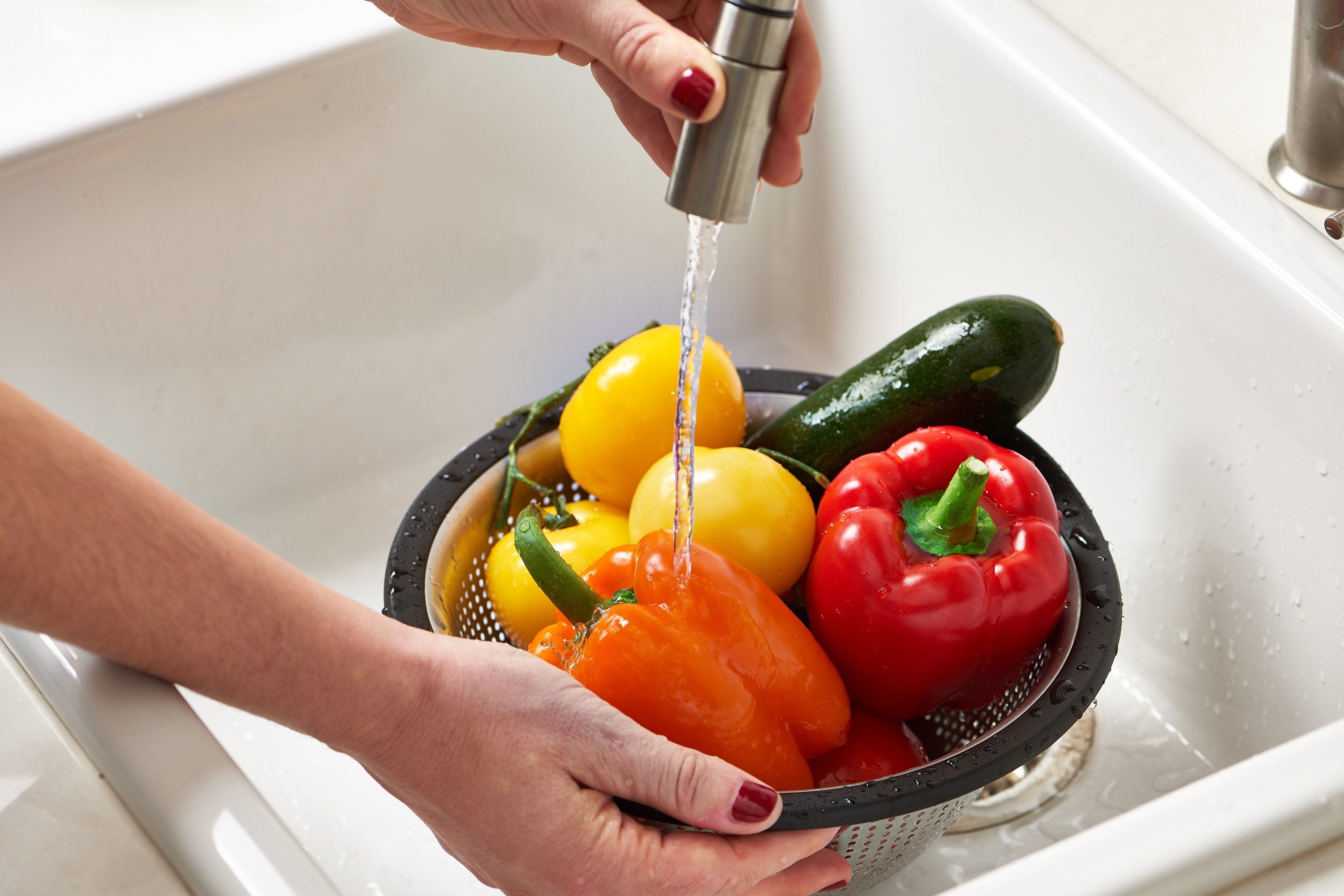
For example, Rospotrebnadzor recommends:
Root vegetables (potatoes, radishes, carrots, beets and others) should be soaked for 15 minutes in warm water. Then clean thoroughly with a brush and rinse well.
- Cabbage (white, Beijing and other leafy types) must be cleaned from the top layer of leaves before washing with cool water. It is better to pre-soak the head of cabbage in cool water, after a few minutes you will see bugs, spiders and other small insects pop up in the water. For convenience, cauliflower can immediately be divided into inflorescences.
- Green onions, dill, parsley, cilantro, sorrel, salad greens should be sorted out, roots, yellowed and damaged leaves should be removed. Next, soak the greens in cool water for 15 minutes, periodically changing the water and sorting the greens into individual leaves and twigs, until all the dirt settles to the bottom, all insects emerge and the water becomes clean. After that, the greens should be thoroughly rinsed with running water.
 For better cleansing of greens from pathogenic microbes and helminth eggs, you can hold it for half an hour in a saline or vinegar solution (1 tablespoon of salt or vinegar per 1 liter of water).
For better cleansing of greens from pathogenic microbes and helminth eggs, you can hold it for half an hour in a saline or vinegar solution (1 tablespoon of salt or vinegar per 1 liter of water). - Grapes should be washed “under the shower” from the tap. After washing, let the water drain. If the clusters are tight, they should be separated with scissors, but do not tear the berries from the stalk. It, like a cork, protects the berry from the ingress of foreign microorganisms and prevents rapid decay and spoilage.
- For washing cherries, sweet cherries, raspberries, currants and other berries, the following is recommended: place the berries in a colander in a single layer and rinse under running water for 5 minutes. So earth or dust will come off the surface.
- To wash the strawberries from the remnants of earth and sand, it is better to soak the berries for 5-10 minutes in cool water, and then rinse with running water.
Follow the news, subscribe to the newsletter.
When citing this material, an active link to the source is required.
7 Tips for Washing Food
Vegetables and fruits should be washed before eating, whether they are farm-raised, organic, or purchased from the nearest supermarket. However, now there are cleansers for washing vegetables, fruits and even eggs (!), claiming to remove all mental bacteria, pollution and other E. coli. Like, you won’t really wash anything off with water, do you know how many chemicals are poured on vegetables and fruits for growth and preservation ?! That’s the same. But is it true that plain water is not enough? Let’s figure it out.
I will not beat around the bush, I will say right away: washing vegetables and fruits with ordinary water eliminates up to 98% of bacteria from their surface! True, it is recommended to use not running, but distilled or bottled water, in order to avoid impurities that tap water is “rich in”. So if you have been washing vegetables “the old fashioned way” all your life, then, in general, you did the right thing.
However, even something as simple as washing fruits and vegetables has its own secrets to be aware of. Here they are:
1. Wash your hands before washing food
This tip is listed as number one on the FDA website. Wash your hands thoroughly with soap and warm water before washing vegetables or fruits.
2. The temperature of the water should match the temperature of the vegetables/fruits
This tip is easy to remember: if you store vegetables or fruits at room temperature, then you need to wash them with warm water. If you take food out of the refrigerator, on the contrary, wash it with cool water.
Julie Albrecht, PhD, professor and food educator, says that when the temperature changes, water can become a vehicle and transport microorganisms from the surface to the depth of the food. Therefore, the temperature of the water for washing and soaking (!) should be similar to the temperature of vegetables or fruits.
3.
 Use of special tools
Use of special tools
Experts do not recommend using brushes or washcloths to clean fruits with delicate skins. You can rub the roots, after soaking them in water to soften the dirt. If you wish, you can use any non-rough washcloth, and this will be enough.
4. With or without soap?
The FDA does not recommend washing fruits and vegetables with soap or dishwashing liquid, even if they have thick skins, such as watermelon.
5. Detergents for washing fruits and vegetables
There are special cleansers for washing vegetables and fruits on the eco-home market. Manufacturers promise to kill all harmful bacteria, remove wax from the surface of fruits and bring nitrates to clean water.
Should I use them? If we talk about bacteria, most of it is washed off when you thoroughly wash the products in water. As for the removal of wax, there is a reason for this, because these products contain high doses of natural acids – citric, malic, etc. , due to which they clean and disinfect the surface of the fruit. But on the other hand, you can use ordinary vinegar for the same purpose – it is cheap and widely available.
, due to which they clean and disinfect the surface of the fruit. But on the other hand, you can use ordinary vinegar for the same purpose – it is cheap and widely available.
No data was found on the effectiveness of these products compared to conventional washes for organic brands, but conventional cleaners have been tested. A couple of years ago at the Department of Food Science and Human Nutrition at the University of Maine, researchers compared three fruit and vegetable washes with distilled water.
Blueberries acted as a “guinea pig”. As a result, it turned out that distilled water, on a par with the tested cleaners, cleaned well both microbes and pesticide residues compared to unwashed samples.
The conclusion made by scientists: wash vegetables and fruits with distilled water, and if this seems not enough for you, then use soaking for 1-2 minutes.
It remains to figure out how to get distilled water in the right quantities or …
6. Vinegar, soda and lemon
And yet, it’s hard to believe that ordinary water can wash away all the unhealthy things that cling to vegetables and fruits until they reach the consumer. And if you are suspicious and incredulous
And if you are suspicious and incredulous hypochondriacs , then it’s time to talk about folk methods for cleaning vegetables and fruits. All you need is vinegar (any kind), baking soda, salt and lemon. All together or just one.
Rules for cleaning food with vinegar
- Research has shown that a ratio of 3 parts water to 1 part vinegar is the most effective. For some fruits, this ratio can be “heavy”, so it’s best to start with the usual recommendation – 1 tbsp. l. vinegar per liter of water.
- Before soaking food, rinse with water to remove dirt and/or soil.
- It is enough to soak the products for 5–10 minutes (remember that the temperatures of the water and the fruits coincide), and then rinse with running water.
- Vinegar does not help fruits and vegetables last longer, so it is best to wash food immediately before eating.
- Dry fruits and vegetables thoroughly with paper towels after washing.

Rules for cleaning products with baking soda
- For hard-skinned fruits and vegetables, you can use baking soda: rinse the product with water, add baking soda and rub gently. Wash off with running water.
- Greens are recommended to be sprinkled with soda along the entire length, let lie down for a couple of minutes, and then rub a little and rinse in running water.
Combo methods (suitable for greens and salads)
Salt + lemon
- 1 liter of water
- 4 tbsp. l. salt
- juice of half a lemon
Vinegar + salt
- 3 cups of water
- 1 glass of vinegar
- 1 st. l. salt
Vinegar + lemon
- 1 liter of water
- 1 st. l. vinegar
- juice of half a lemon
7. Do nuts and dried fruits need to be washed?
According to experts, shelled nuts sold in bulk are among the most “dirty” products. But you also need to wash the nuts because raw nuts and seeds contain a high percentage of phytic acid, which protects the plant from pests. And if it is useful for seeds, then, alas, it is not for people. Phytic acid binds and removes minerals such as calcium, magnesium and iron from the body. At high doses of phytic acid intake, demineralization of the body occurs, which can lead to bone problems.
But you also need to wash the nuts because raw nuts and seeds contain a high percentage of phytic acid, which protects the plant from pests. And if it is useful for seeds, then, alas, it is not for people. Phytic acid binds and removes minerals such as calcium, magnesium and iron from the body. At high doses of phytic acid intake, demineralization of the body occurs, which can lead to bone problems.
Therefore, those who eat nuts and seeds a lot and often, it is recommended to soak them in water not only for hygienic reasons. This will help flush out the phytic acid while retaining healthy fats and proteins:
- Place 4 cups of raw nuts in a bowl.
- Pour in filtered water to cover the nuts.
- Add 1-2 tbsp. l. sea salt.
- Leave to soak for 7 hours or overnight.
- After the time has elapsed, rinse the nuts with clean water.
Now all that’s left is to dry the nuts. This is best done in a dehydrator for vegetables and fruits, because. temperature should not exceed 45 degrees. If you don’t have this, then you can use a conventional oven by turning on the “coldest” mode.
temperature should not exceed 45 degrees. If you don’t have this, then you can use a conventional oven by turning on the “coldest” mode.
As for dried fruits, LavkaLavka sanitary doctor Daniil Kaganovich confidently states that dried fruits, along with peeled nuts and spices, which are sold without packaging, demonstrate the saddest microbiological indicators, that is, they are simply the dirtiest products that we buy. Be sure to wash dried fruits and nuts that are sold in bulk. Dried fruits packaged in vacuum bags (as a rule, beautiful imported packaging from supermarkets) are ready to eat. They are washed and dried.
Drawing conclusions
Whether or not to wash products with special products is up to everyone to decide, but you must understand that if you are going to subject the product to heat treatment, then the issue of microbes and bacteria is resolved automatically. If you eat vegetables, nuts and dried fruits raw, and even in large quantities, then you should at least stock up on table vinegar, which, unlike water, really dissolves the synthetic wax that ordinary fruits are coated with.


 All three days end with a large salad composed of leafy greens and lean protein.
All three days end with a large salad composed of leafy greens and lean protein. I strive to do better every day and to try new and challenging things!
I strive to do better every day and to try new and challenging things! Because you are not consuming any fats, your body automatically uses up your fat bank and then starts turning these natural sugars into energy, burning them immediately. So, that is the logic behind it for weight loss.
Because you are not consuming any fats, your body automatically uses up your fat bank and then starts turning these natural sugars into energy, burning them immediately. So, that is the logic behind it for weight loss.  Some fruits are very acidic and should only be eaten together. This is because they digest at a different rate than other, non-acidic fruits. I usually made a berry bowl for breakfast- blueberries, raspberries, strawberries, banana, raisins, and dried coconut. For lunch I would have a mixture of different fruits- I really found a love for mangos and kiwis throughout this WOE! And for dinner, I would usually opt for the melons because there was less sugar that would be sitting on your gut through the night and because melons are easier to digest than some other fruits. Examples would be watermelon, honeydew melon, cantaloup, etc.
Some fruits are very acidic and should only be eaten together. This is because they digest at a different rate than other, non-acidic fruits. I usually made a berry bowl for breakfast- blueberries, raspberries, strawberries, banana, raisins, and dried coconut. For lunch I would have a mixture of different fruits- I really found a love for mangos and kiwis throughout this WOE! And for dinner, I would usually opt for the melons because there was less sugar that would be sitting on your gut through the night and because melons are easier to digest than some other fruits. Examples would be watermelon, honeydew melon, cantaloup, etc.  Make sure these are all unsweetened and organic. This gives the texture a huge switch up from mushy fruits!
Make sure these are all unsweetened and organic. This gives the texture a huge switch up from mushy fruits!  I have changed my moisturizers, my soaps, the temp of the shower, etc. and nothing helped… until this WOE. Since day 3, I didn’t have one issue, ever, with my shins being itchy.. pretty crazy, right?
I have changed my moisturizers, my soaps, the temp of the shower, etc. and nothing helped… until this WOE. Since day 3, I didn’t have one issue, ever, with my shins being itchy.. pretty crazy, right? What was to follow was AWFUL. My body rejected every ounce of this regretful time. I had to call into work the next day because I was up all night in the bathroom.. let’s just say things were coming out of both ends. I had the most terrible stomach pains. SO.. PLEASE learn from my mistakes and do not do this. It will stun your body and it will punish you for it!!
What was to follow was AWFUL. My body rejected every ounce of this regretful time. I had to call into work the next day because I was up all night in the bathroom.. let’s just say things were coming out of both ends. I had the most terrible stomach pains. SO.. PLEASE learn from my mistakes and do not do this. It will stun your body and it will punish you for it!! So, we didn’t go out, and if we did to meet up with some friends, I just wouldn’t eat. I wasn’t fun.. so plan this for a month that is rather boring for you!
So, we didn’t go out, and if we did to meet up with some friends, I just wouldn’t eat. I wasn’t fun.. so plan this for a month that is rather boring for you! For better cleansing of greens from pathogenic microbes and helminth eggs, you can hold it for half an hour in a saline or vinegar solution (1 tablespoon of salt or vinegar per 1 liter of water).
For better cleansing of greens from pathogenic microbes and helminth eggs, you can hold it for half an hour in a saline or vinegar solution (1 tablespoon of salt or vinegar per 1 liter of water).